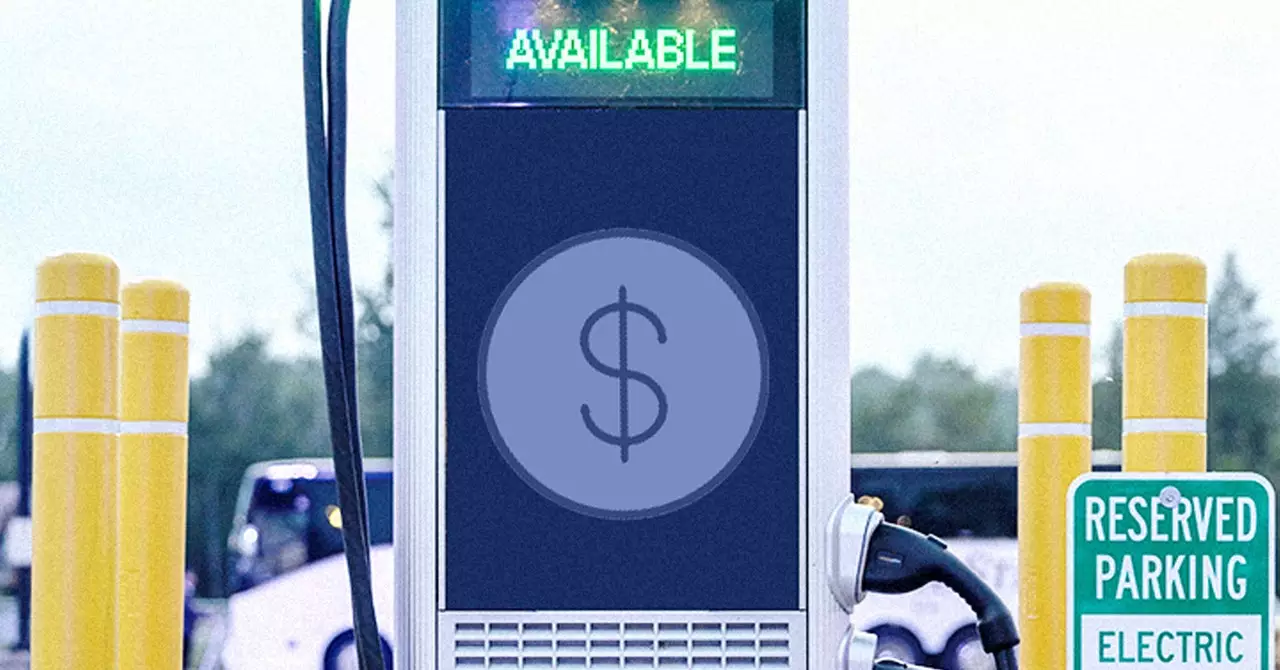One of the most baffling aspects of electricity pricing in the context of Electric Vehicle (EV) charging is the presence of demand charges. These charges are incurred by EV charging site hosts and are determined based on their peak usage within specific time intervals. Rachel Moses, who oversees sales, marketing, and business development at Electrify America, highlights how these demand charges can soar to “hundreds of thousands annually for a specific site.” Moreover, utilities often implement “peak” pricing, resulting in higher costs during periods of high electricity usage, such as between 4 pm and 9 pm. This unpredictability in pricing makes it challenging for consumers to gauge the expenses involved in charging their electric vehicles.
Electrify America asserts that its pricing is customized to each station, with higher costs imposed at sites that are more costly to operate. However, other EV charging companies adopt a more generalized approach by averaging the expenses across their entire network to establish pricing on a broader scale. Additionally, companies have the flexibility to set dynamic prices for EV charging, thereby allowing for fluctuations based on various factors. Although this approach offers some advantages, regulations concerning national public-charging infrastructure prevent price modifications mid-session, ensuring transparency for consumers. Despite these measures, the lack of clarity regarding the cost of charging at public fast chargers contributes to driver frustration and uncertainty.
While the ambiguity surrounding public charging station pricing may raise concerns among EV drivers, it does not encompass the entirety of the electric vehicle ownership experience. The primary benefit of owning an electric vehicle lies in the versatility of charging options. Whether at home, the supermarket, or the workplace, drivers can access various charging facilities, including slower “level 2” chargers. Although public chargers play a crucial role in accommodating EV drivers on long journeys, current statistics reveal that approximately 90% of electric vehicle owners have private charging setups, such as garages or driveways. Consequently, the emphasis on public charging stations may overshadow the convenience of personalized charging solutions available to the majority of EV users.
Future Implications
As the electric vehicle landscape evolves, the reliance on public chargers is expected to increase, particularly for individuals residing in apartments or parking on the streets. While advancements in charging infrastructure are underway, the prevalence of home charging facilities underscores the accessibility and convenience afforded to a significant portion of EV owners. Kellen Schefter, the senior director of electric transportation at the Edison Electric Institute, underscores the necessity to broaden the perspective beyond traditional gas station models. By acknowledging the diverse charging options currently available to electric vehicle users, a more comprehensive understanding of the charging ecosystem can be developed, alleviating concerns surrounding public charger pricing uncertainties.
The complexities of EV charging pricing encompass a multitude of factors, ranging from demand charges and peak pricing to the evolving nature of public charging infrastructure. Despite the challenges associated with predicting charging costs at public stations, the prevalence of private charging facilities underscores the convenience and accessibility enjoyed by the majority of electric vehicle owners. As the transition to electric mobility advances, a balanced approach that considers both public and private charging options is vital for promoting widespread adoption and enhancing the overall EV ownership experience.

